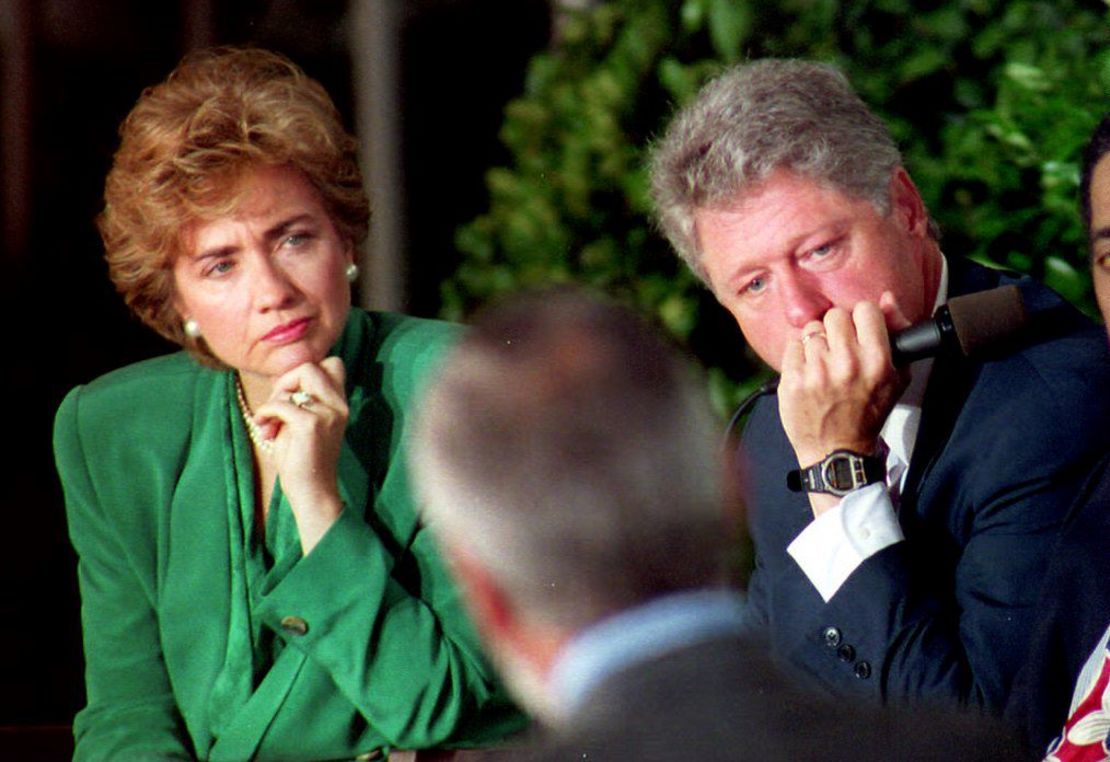Editor’s Note: Julian Zelizer, a CNN political analyst, is a professor of history and public affairs at Princeton University and author of the book, “Abraham Joshua Heschel: A life of Radical Amazement.” Follow him on Twitter @julianzelizer. The views expressed in this commentary are his own. View more opinion at CNN.
For a political party, controlling the White House and Congress isn’t the picnic it’s made out to be. Politicians who find themselves in this treasured position enter office with grand ambitions, even if they control only slim majorities in Congress.
Those ambitions often run into a harsh reality, as the frustrating last few months for the Democrats demonstrate. President Joe Biden has attempted to maneuver a massive domestic agenda through the Democratic Congress, but now heads off to Europe to attend the G20 and COP26 fearing that he might end up with nothing.
The political risks are immense. Other Democratic presidents have learned the perils of failing to move their marquee policies through a Congress controlled by their own party. In 1993, President Bill Clinton gambled big by making health care reform a top priority. Democrats had 57 seats in the Senate and 267 seats in the House – larger majorities than Biden’s Democrats have today.
Despite the fact that Democrats – with the significant exception of President Lyndon Johnson with Medicare and Medicaid in 1965 – had been burned when trying to pass national health care insurance, Clinton believed that he could achieve this goal.
Instead of the Canadian-style, single-payer national health insurance proposals that Democrats like President Harry Truman had been championing since the 1940s, Clinton offered a more centrist alternative – a bold piece of legislation that would have required Americans to purchase some form of health care. First Lady Hillary Clinton headed the task force that devised the plan, along with health care expert Ira Magaziner.
Companies with 5,000 employees or more would be obligated to cover 80% of their workers’ insurance while the government would provide subsidies to small businesses, the self-employed and the unemployed to obtain coverage on their own. According to the administration, costs would be controlled; coverage would become universal.

States would establish regional health care alliances in which insurers would be required to sell their coverage. The alliances, predecessors of President Barack Obama’s health care exchanges, would encourage managed competition, thereby reducing the cost of premiums. A National Health Care Board would monitor the quality of health care coverage.
President Clinton was initially optimistic. Polls showed that Americans wanted change, and there was bipartisan — as well as corporate — support for bold reform, given skyrocketing costs. The prospects for passage looked good. Even the American Medical Association and the Chamber of Commerce backed an employer mandate and broader coverage.
Clinton was unable to make health care part of the reconciliation process. The administration understood that doing so would have allowed them to move the proposal through the Senate without worrying about the filibuster. Even though there were some Republicans, such as Rhode Island’s John Chaffee, supporting reform, avoiding a 60-vote threshold was appealing. But Sen. Robert Byrd, a Democrat from West Virginia, rejected the idea. Byrd argued that the health care program didn’t fit the criteria of “Byrd’s Rule” which prevented passage through reconciliation of policies that were extraneous to the budget.
The rest didn’t go well. In the months that followed President Clinton’s introduction of the plan, the legislative negotiations were rocky. Small employers rallied against the plan, running ads on television featuring a fictional couple — Harry and Louise — talking about how confusing and frightening the plan seemed to be.
Republicans gradually coalesced against the legislation, turning the proposal into evidence that Clinton was a traditional “tax-and-spend” liberal who wanted to bring socialized medicine to our shores. Bipartisan support slipped away.
Democrats divided, with groups of moderates within the party trying to push for alternatives that weakened support for the administration’s original vision. Republican Minority Whip Newt Gingrich accused Clinton of going against “the entire tide of Western history.”
By August 1994, the negotiations had collapsed. Senate Majority Leader George Mitchell pronounced that the legislation was dead. President Clinton and the Democrats walked away with nothing.
Republicans smelled victory. Gingrich and other Republicans made the health care plan one of the centerpieces of the 1994 midterm campaigns. Critics continued to compare the health care plan to a “Frankenstein” monster and warned about what the president would be able to do should there not be a Republican Congress in place to control him. The strategy worked. Republicans, for the first time since 1954, took control of the House and Senate. Despite all the costs, Democrats had nothing to show for the battle.
President Biden is facing that kind of risk today. Unless Democrats are able to find some kind of substantive legislation that Democratic Sens. Joe Manchin and Kyrsten Sinema will accept, there is a very real risk of a deal collapsing. If this happens, Democrats once again will face the worst of all worlds. They won’t have bold legislation to boast about when speaking to Democratic voters and they will have energized Republicans to attack the threat of big government liberalism going into the midterm campaigns.
This could leave the White House facing a Republican Congress in 2023, but without having the sort of legacy-building legislation that parties count on to strengthen their hold with voters. And unlike in 1996, Biden might be facing a Republican in 2024 — possibly former President Donald Trump — who is able to generate much more excitement and enthusiasm than Kansas Sen. Robert Dole could when Clinton ran for reelection.
Unified control of government can be a tricky business. While there are certainly moments like 1933 or 1965 when those conditions allow presidents to transform the relationship between government and citizens, there are others when the internal party divisions become so severe that they only leave behind political wreckage.




